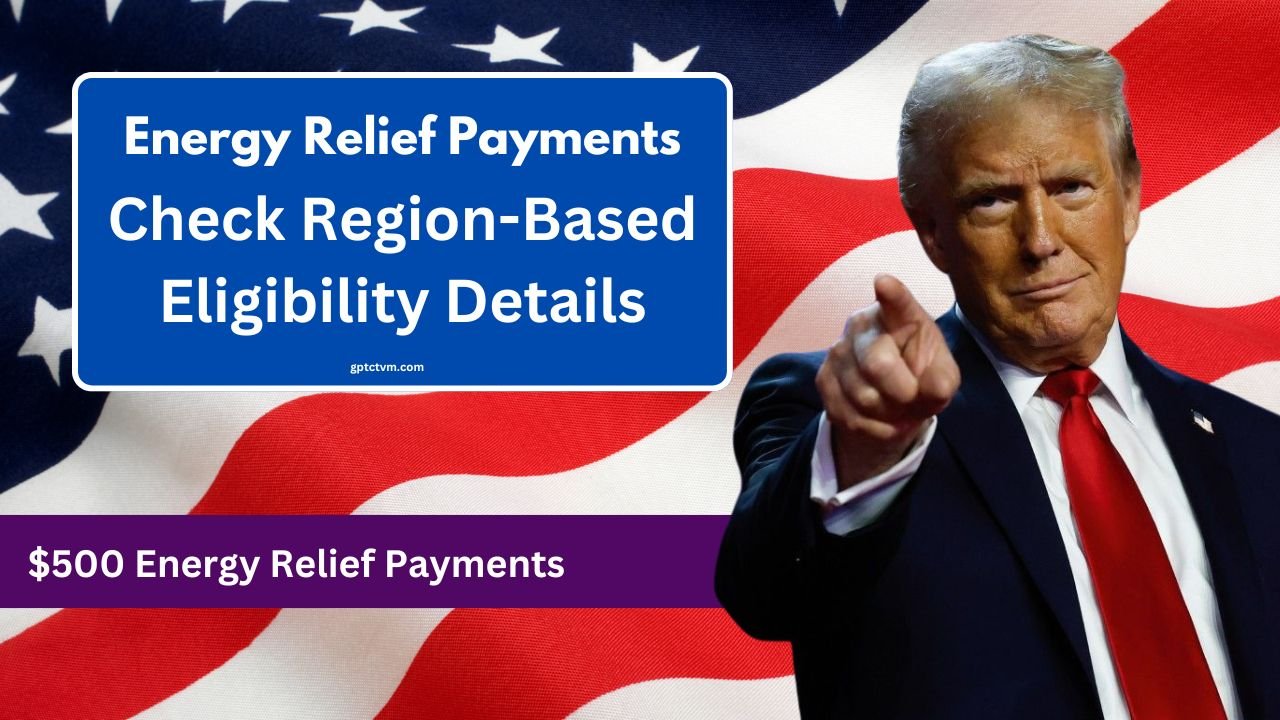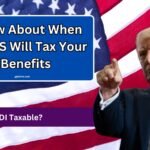With rising energy costs affecting millions worldwide, governments have introduced financial assistance programs like the $500 Energy Relief Payments to help ease the burden on households and small businesses. These payments provide much-needed support by reducing energy expenses, ensuring continued access to essential services, and preventing financial strain on families and businesses.
This guide covers everything you need to know about $500 Energy Relief Payments, including eligibility criteria, the application process, regional variations, and tips to optimize energy consumption.
What Are the $500 Energy Relief Payments?
The $500 Energy Relief Payments are government-funded financial assistance programs designed to help individuals, families, and small businesses manage their energy costs. As energy prices continue to soar due to economic fluctuations and supply chain disruptions, these payments act as a buffer against financial hardship.
Why Do These Payments Matter?
Recent studies indicate that energy costs have increased by over 30% in some regions over the past year. This surge has made it increasingly difficult for low-income households, pensioners, and small businesses to keep up with their utility bills. The relief payments ensure that essential services like heating, cooling, and electricity remain affordable.
Who Is Eligible for the $500 Energy Relief Payments?
Eligibility for these payments varies by region and is typically determined by factors such as income level, household composition, and business revenue. Here’s a breakdown of common eligibility criteria:
1. Income Level
Low-income households usually qualify for energy relief. For example, families earning below 50% of the median income in their area may automatically receive assistance. Some programs also consider additional factors like the number of dependents in the household.
2. Vulnerable Groups
Governments often prioritize pensioners, individuals with disabilities, and families receiving social benefits. Some programs also extend support to single-parent households or those requiring energy-intensive medical equipment.
3. Small Businesses
Businesses with annual revenue below a certain threshold (e.g., $1 million) may qualify for rebates to help manage operational costs. Industries heavily reliant on energy, such as manufacturing and food services, often receive additional assistance.
How to Apply for the $500 Energy Relief Payments
While some regions automatically credit these payments to utility bills, others require an application. Below is a step-by-step guide to ensure you receive the financial support you’re entitled to:
Step 1: Check Your Eligibility
Visit your local government’s website or contact your energy provider to determine if you qualify. Some regions have online eligibility checkers to simplify the process.
Step 2: Gather Required Documents
Most applications require the following:
- Proof of income (recent pay stubs, tax returns, or government benefit statements)
- Utility bills (to confirm active energy service)
- Identification (driver’s license, passport, or government-issued ID)
Step 3: Apply Online or Offline
- Online Applications: Submit your application through official government portals like gov.energy-relief.com. Many platforms allow you to upload documents and track the status of your application.
- Offline Applications: Visit local government offices or customer service centers of energy providers to apply in person.
Step 4: Wait for Confirmation
Once submitted, applications typically take 2-4 weeks to process. If approved, payments may be credited directly to your energy account or issued as a check.
Step 5: Stay Updated
Governments may introduce additional relief measures based on economic conditions, so regularly check for updates.
$500 Energy Relief Payments: Regional Variation
While the $500 Energy Relief Payments are widely available, their implementation differs by country and state. Below are examples from various regions:
United States
- New York: Low-income households earning under $60,000 may receive a one-time $500 inflation relief check as part of a broader cost-of-living assistance program.
- California: Proposes similar payments to offset extreme energy price surges due to weather conditions.
Australia
- New South Wales: Eligible households receive up to $500 automatically through electricity providers.
- Victoria: Small businesses can apply for rebates of up to $650 via Energy.VIC.gov.au to cover energy costs.
United Kingdom
- The Household Support Fund grants up to £500 for energy expenses, administered through local councils. Additional discounts are available for direct debit payers.
Energy-Saving Tips to Maximize Your Relief Payment
Even with the $500 Energy Relief Payments, making small adjustments to energy usage can further reduce costs. Here are some practical ways to optimize energy consumption:
1. Upgrade to Energy-Efficient Appliances
Switching to Energy Star-rated appliances can reduce energy consumption by up to 50% compared to older models. Key appliances to upgrade include refrigerators, washing machines, and air conditioners.
2. Improve Home Insulation
Proper insulation can cut heating and cooling costs by 20%. Consider weather-stripping windows and doors, sealing air leaks, and using energy-efficient roofing materials.
3. Use Smart Thermostats
Devices like the Nest Thermostat automatically adjust temperatures to optimize energy use, potentially saving 10-15% on energy bills.
4. Switch to LED Lighting
LED bulbs consume 75% less energy than incandescent bulbs and last significantly longer, reducing both energy and replacement costs.
5. Maintain HVAC Systems
Regularly clean or replace HVAC filters to prevent system inefficiencies that can increase energy use by 15%.
FAQs on $500 Energy Relief Payments
1. Do I need to repay the $500 Energy Relief Payments?
No, these payments are grants, not loans. They are designed to assist with rising energy costs and do not require repayment.
2. What if my region is not offering this relief?
Check with your local energy provider for alternative programs. Many offer payment plans or additional discounts for low-income households.
3. Can I apply for multiple relief programs?
Yes. Many individuals qualify for state, federal, and local programs simultaneously. Combining benefits can maximize financial assistance.
4. How long does it take to receive the payment?
Processing times vary but typically take 2-4 weeks. Some governments offer expedited processing for urgent cases.
5. What happens if I switch energy providers after receiving the payment?
Payments are tied to your account at the time of disbursement. If switching providers, check whether credits or rebates transfer to your new account.
Final Thoughts
The $500 Energy Relief Payments provide essential support for households and businesses struggling with rising energy costs. Understanding eligibility requirements, the application process, and ways to reduce energy consumption can help you make the most of this financial assistance.
Stay informed and proactive—these funds can make a significant difference in managing your utility bills while promoting long-term sustainability. If you qualify, apply as soon as possible to secure your payment and take control of your energy expenses.
Some Important Link
| Telegram Group | Click Here |
| WhatsApp Group | Click Here |
| Home Page | Click Here |










